Geography
Bhutan is one of Asia’s smallest nations, nearly lost between the extensive borders of the two great nations of China and India . Only 46,500 square kilometers in extent, the kingdom straddles the 27 th parallel north latitude, and stretches from 88°45′ to 92°10′ east longitude a mere 150 km in its longest dimension. Sikkim and West Bengal lie on Bhutan ‘s western border, Tibet to the north and northwest, Arunachal Pradesh to the east, and Bengal Duars and Assam to the south. Bhutan is a land of Jungle-clad hills, Impressive River gorges and high mountains. No section of the country is without diversity. The southern strip, paralleling to the border with West Bengal and Assam is a jumble of forested hills heavily dissected by rushing watercourses with wide shingle banks.
The ridges of the southern hills generally trend north-south, and northward they give way to higher ridges oriented in a similar fashion. Between these mountains, many of whose summit exceeds 4000 m, lie broad flood plain valleys, the home of Bhutan ‘s largest towns and much of the country’s population. The major concentration cluster around the sites of traditional fortress-monasteries known as Dzongs. Most of these are situated along major river courses, and inhabit the mid-mountain zone nearly equidistant from the northern and southern borders. From west to east the most important are in: Ha, Paro, Thimphu , Punakha, Wangdue Phodrang, Trongsa, Shongkar and Trashigang.
For centuries Bhutan ‘s isolated location and it’s self-reliant national character kept the Kingdom outside the path of economic development in South Asia . Although this seclusion prevented Bhutan from fully benefiting from many of the medical, technical, and scientific advances of the day, it also shielded the country from many of the detrimental side effects of poorly planned or haphazard development. As a result, while most of the Himalayan region has seen its natural resource base severely compromised through deforestation, soil degradation, erosion and pollution, Bhutan’s national patrimony of extensive and varied forests, limited yet fertile and productive farmland, and pristine water and air remains largely intact.

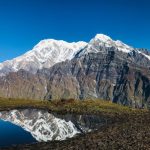 Saturday, August 30th, 2025
Saturday, August 30th, 2025
 Wednesday, August 27th, 2025
Wednesday, August 27th, 2025
 Wednesday, August 20th, 2025
Wednesday, August 20th, 2025
 Wednesday, August 20th, 2025
Wednesday, August 20th, 2025
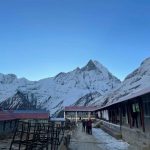 Wednesday, August 13th, 2025
Wednesday, August 13th, 2025
 Wednesday, August 6th, 2025
Wednesday, August 6th, 2025
 Monday, July 7th, 2025
Monday, July 7th, 2025
 Thursday, July 17th, 2025
Thursday, July 17th, 2025
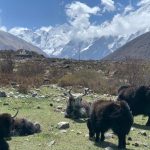 Monday, July 7th, 2025
Monday, July 7th, 2025
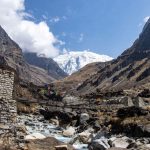 Friday, May 9th, 2025
Friday, May 9th, 2025
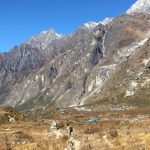 Saturday, June 14th, 2025
Saturday, June 14th, 2025
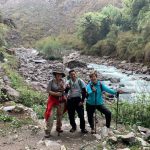 Wednesday, June 25th, 2025
Wednesday, June 25th, 2025
 Tuesday, August 5th, 2025
Tuesday, August 5th, 2025
